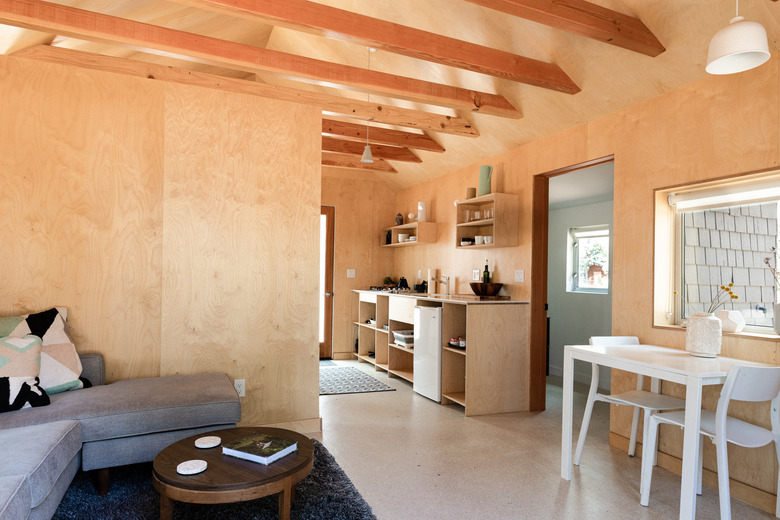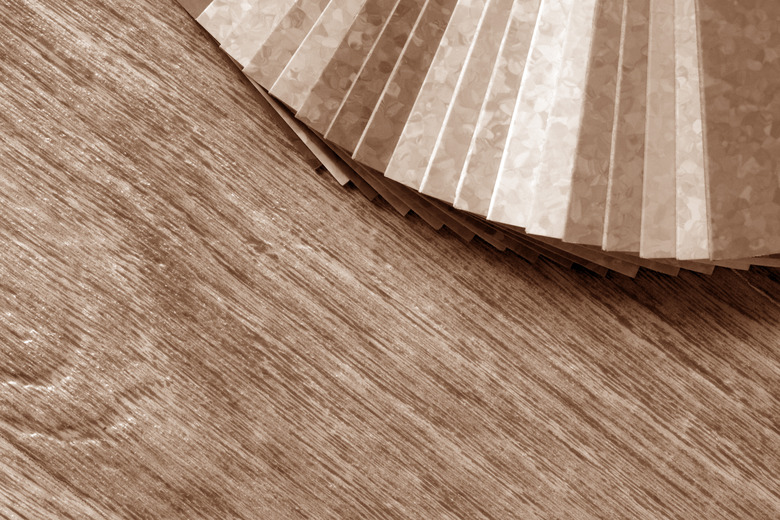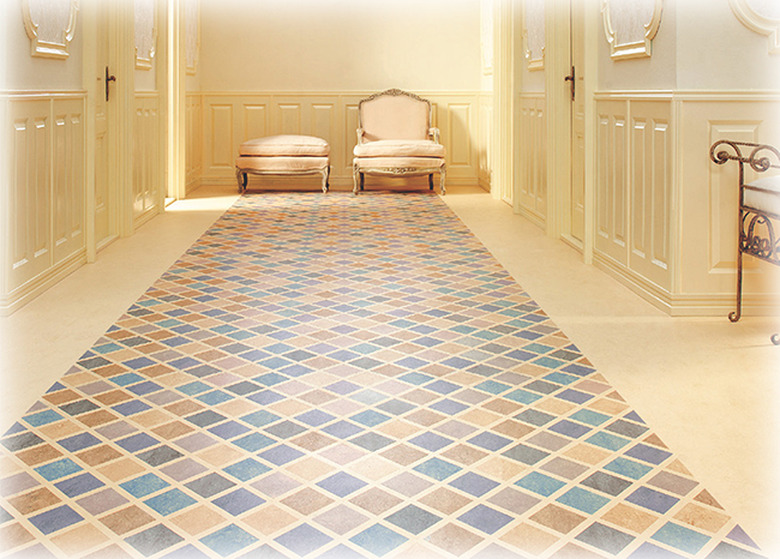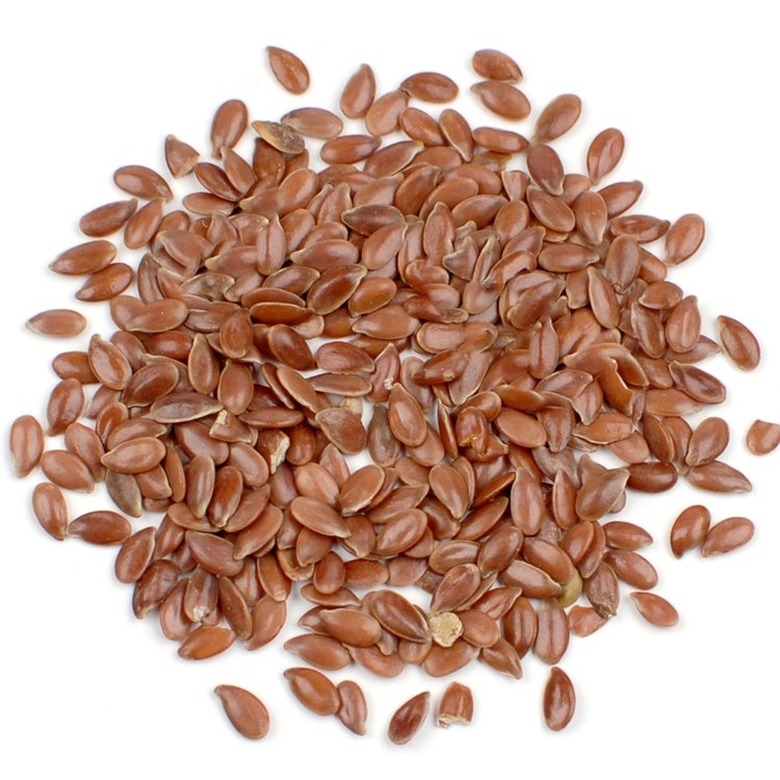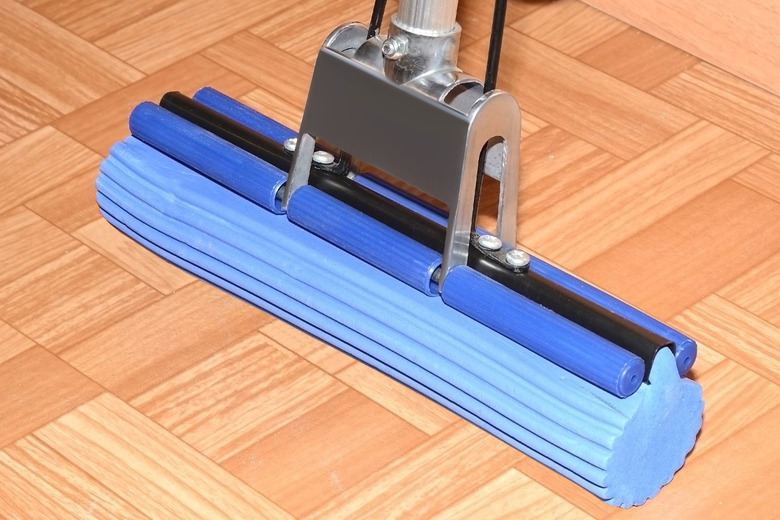Linoleum Flooring: What You Need To Know
Linoleum has been around since 1863, so it's easy to associate it with older buildings and worn-out floors. Despite its long history and the fact that the word "linoleum" evokes images of Grandma's kitchen floor, linoleum is still a smart choice for homeowners looking for an attractive, long-wearing and low-maintenance floor covering. One thing you should get clear from the start is that linoleum isn't the same thing as vinyl flooring. They may look, and even perform, similarly, but they are very different floor covering materials.
Linoleum comes in the forms of sheet flooring and tiles as well as interlocking squares and panels. It's available in a full range of colors and patterns (although not as many as vinyl flooring), and it's easy to keep clean. It costs about the same as premium vinyl, but it has the advantage of being a naturally derived building product. Most linoleum is made primarily with natural materials but commonly contains some synthetic substances.
A Short History of Linoleum
A Short History of Linoleum
The person who invented linoleum, English inventor Frederick Walton, did so by accident. He noticed, as many painters have, that linseed oil, one of the main paint ingredients, forms a flexible film when a can of paint is left open. Walton mixed linseed oil with pine rosin and a few other ingredients, including cork, wood flour and limestone, and spread the mixture on a jute backing to make a floor covering that would be suitable for ship decking.
Linoleum gets its name from the Latin words linum, which means flax, and oleum, which means oil. Linoleum flooring proved to be durable, inexpensive and non-flammable, all qualities that are as desirable for homes as they are for ships. Walton added pigmentation to color the flooring, but the person responsible for inlaid patterns was Michael Nairn, a flooring manufacturer from Scotland.
Tip
Long before the dangers of asbestos were understood, asbestos fibers were incorporated into linoleum backing as well as the adhesive used to hold it down. This practice wasn't common, but anyone considering removing linoleum from an old house is advised to have the flooring tested, particularly the backing, before proceeding.
The manufacturing process for linoleum flooring hasn't changed much over the years, but designs have. Turn-of-the-century checkerboard and herringbone patterns of the type that make you think of your great-grandmother's house have given way to deep solid colors, geometric swirls and ceramic tile lookalikes. In terms of colors and patterns, it's often difficult to distinguish a linoleum floor from a vinyl one, but there are a few telltale differences.
The Differences Between Linoleum and Vinyl Flooring
The Differences Between Linoleum and Vinyl Flooring
Linoleum and vinyl are the two most common types of "resilient" flooring, meaning they are good materials for high-traffic and heavy-use areas like kitchens, laundry rooms, play rooms and casual dining areas. They are hard-wearing and water-resistant, and they clean up easily with a damp mop. The biggest difference between linoleum and vinyl is how they are made.
With vinyl, the pattern is usually stamped onto the base material, and a clear wear layer is applied on top. With linoleum, the pattern runs all the way through the wear layer, making the flooring virtually scratch-proof and giving the pattern a deeper, fuller sheen. The tradeoff is that fewer linoleum patterns are available, as well as fewer colors. Moreover, linoleum tends to fade with age.
Linoleum is generally thicker, stiffer and heavier than vinyl, which makes it somewhat more difficult to install than peel-and-stick vinyl or luxury vinyl flooring, which can be cut with a knife. Traditionally, the most common linoleum installation involved gluing down linoleum tiles, and commercial versions of the flooring typically come in large sheets that are glued to the substrate, and the seams are welded together with a special seaming process. For today's homeowners, however, the best option often is click-together panels or planks that are installed as a "floating floor" that simply lies in place without glue or other fasteners (similar to laying luxury vinyl or laminate wood flooring).
In terms of design, flooring dealers who recommend vinyl over linoleum often say that vinyl is the more modern product, so it better suits contemporary décor. But this opinion doesn't give enough credit to linoleum's staying power. The fact that you can find linoleum floors that are 50 years old or even older is a tick in the plus column for linoleum flooring, not the minus column. A vivid pattern on your flooring doesn't do you much good if you have to replace the floor every 20 years or so.
Is Linoleum Really All-Natural?
Is Linoleum Really All-Natural?
It's safe to claim that linoleum is one of the most environmentally friendly flooring products you can buy. It is made primarily with linseed oil, cork, wood flour and jute. The majority of these materials may be considered renewable as well as natural. But while linoleum historically may have been all-natural, today's leading linoleum flooring products are not. This is because they commonly have a factory finish containing urethane, a synthetic polymer. Also, linoleum flooring with interlocking edges (for "floating floor" installation) are made with a layer of high-density fiberboard that is not entirely natural.
If you want to know exactly what a specific linoleum product is made of, ask the manufacturer for a specification sheet, preferably with a breakdown of the percentage of natural and non-natural materials used.
Linoleum Installation Options
Linoleum Installation Options
Like vinyl, linoleum must be installed over a smooth, flat subfloor or underlayment surface. This is because it is a thin material doesn't bridge gaps and dips or smooth over bumps the way carpet can. As noted, traditional linoleum tiles and sheet linoleum typically are glued down. Sheet flooring can be challenging for beginners to install because the sheets have to be cut to size before being glued to the floor, which requires a good eye and a healthy dose of patience. Tiles and panels are better-suited to DIY installation.
Linoleum with interlocking edges is designed for a floating floor application without glue. This flooring installs much like standard laminate flooring. Each piece has tongue-and-groove edges that lock into the neighboring pieces. Due to its backing material that contains the interlocking edges, this type of linoleum is thicker than standard versions, but installing interlocking linoleum is relatively quick and easy, even for beginners.
Keeping Linoleum Flooring Clean
Keeping Linoleum Flooring Clean
It's important to keep linoleum flooring dry for about four days after it has been installed to give the adhesive time to cure. After that, caring for a linoleum floor requires minimal effort:
- Sweep or vacuum regularly to remove dust and small dirt particles that can get ground into the surface by shoes.
- Wash occasionally with a damp cloth or mop and a pH-neutral detergent. It's best to use a cleaner specifically designed for linoleum floors. Wring the mop or cloth well before cleaning to avoid excessive water.
- Let the floor dry after cleaning.
Some linoleum products come with a protective urethane coating and some don't. Those that don't have this coating may benefit from a application of wax or floor polish to keep them lustrous. Waxing or polishing over urethane is not recommended. You should always check the manufacturer's recommendations for your product before applying wax or polish.
